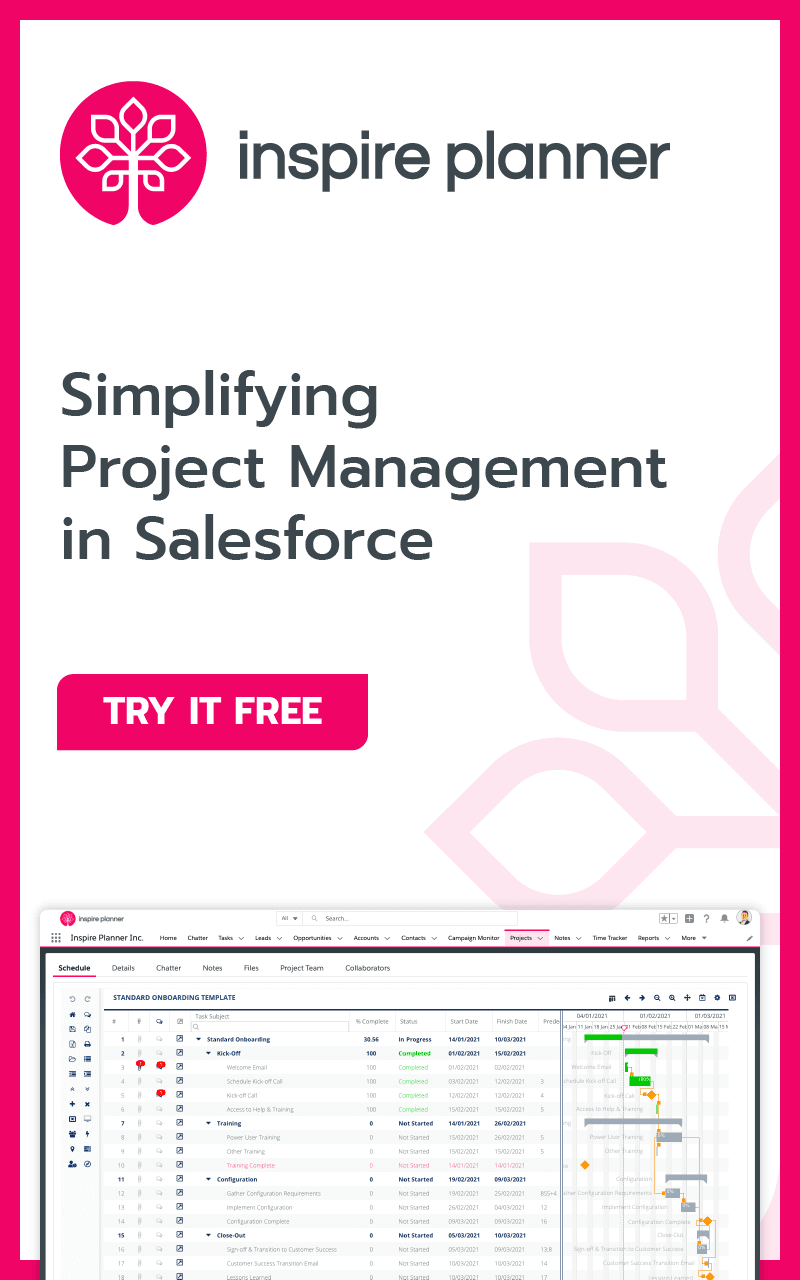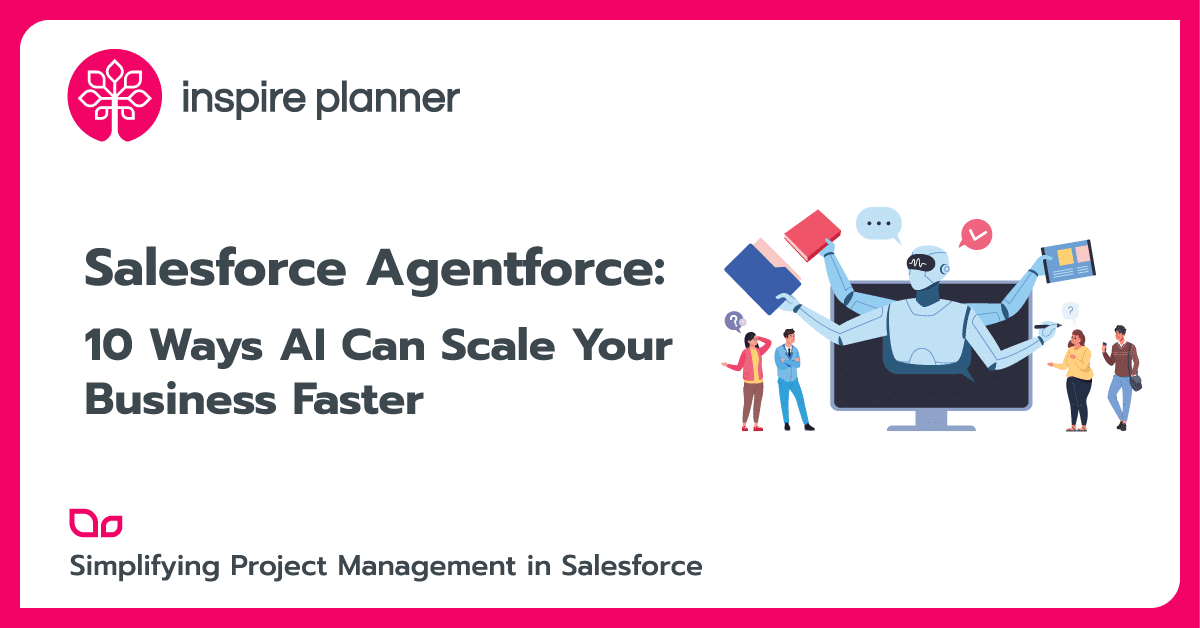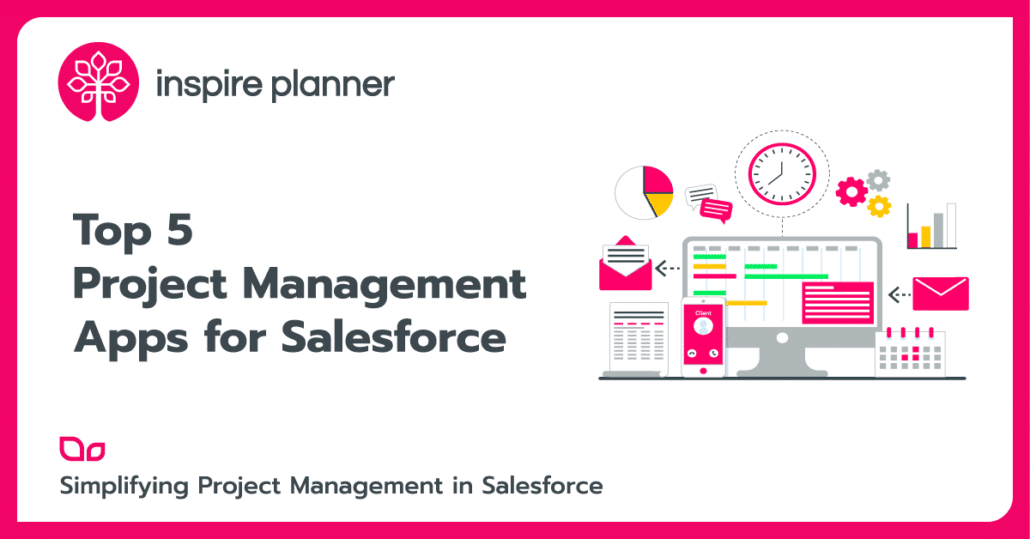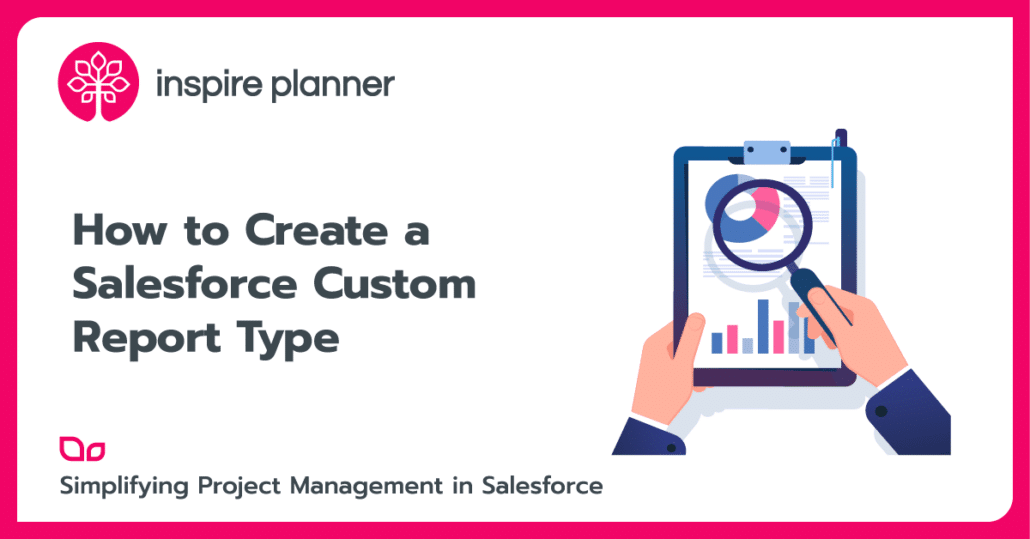
Salesforce reporting is an important part of any Admin’s job and, to ensure you can access the correct data, you first need to select the correct report type. Salesforce comes with multiple out-of-the-box report types that are typically based on a single object, two objects that are related to each other (e.g. Accounts and Contacts), and include “with” relationships (e.g. Opportunities with Activities). This is great, but sometimes we need more advanced reporting options. That is exactly where a Salesforce Custom Report Type steps in.
What is a Salesforce Custom Report Type?
Salesforce Custom Report Type enables us to extend our reporting strategy by:
- Selecting more than 2 objects in a report
- Add fields from objects related to the objects chosen in the Custom Report Types
- Display with and without relationships
- Determining the layout, fields, and default fields
- Renaming fields
When to Create a Salesforce Custom Report Type
You should only create a Salesforce Custom Report Type when native Salesforce functionality cannot support your requirements. Some common examples of when it may be necessary to create a Salesforce Custom Report Type include:
- Viewing Opportunities with or without Products
- Viewing Accounts with or without Activities
- Viewing Accounts with or with or without Opportunities with or without Activities
None of these reports are available as standard.
Why Not Use a Cross Filter?
If you are familiar with Salesforce reporting, you may have come across Cross Filters. Cross Filters allow you to select data based on with/without relationships. For example, I could choose a standard Opportunity report type and add a Cross Filter of “With Activities”, to display only Opportunity records that do have associated Activities.
However, I cannot add any fields from the Activity record. If I also want to be able to view the related Activity data, I would need a Salesforce Custom Report Type.
How to Create a Salesforce Custom Report Type
We’ll work through an example of how to create a Salesforce Custom Report Type to show Opportunities with or without Activities. This report will help us identify Opportunities that may need some support or following up.
Navigate to Setup > Home > Feature Settings > Analytics > Reports & Dashboards > Report Types (type “Report Types” into the search bar).
Select “New Custom Report Type”.

Select your primary object, create a report name, and ensure you select “Deployed” otherwise your new report won’t be visible to users.

The primary object selected in the previous step will be object A. Select any additional objects and their corresponding relationships e.g. With or Without. Click “Save”.
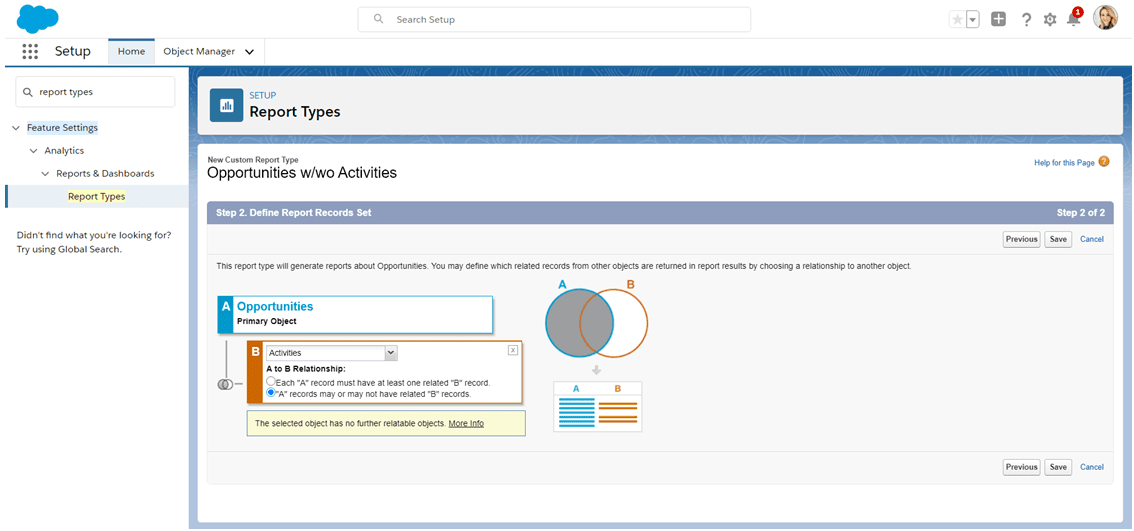
In the following screen you will see your new Salesforce Custom Report Type, including relationships and fields.

To change what fields are available, add sections or rename fields, click “Edit Layout”.

In the Field Layout Properties section you can select what fields are available by dragging and dropping them in and out of the available fields panel on the right hand side.


You can also rename fields or make them default fields which means they are always automatically selected as detail fields when a report is created.
To do this, double click on any field, change the “Display As” field to change the column heading or tick “Checked by Default” to always include the field.

We can break up our report into sections. In this example, we will be adding some fields from the related Account so we will create a new section to house these fields called “Account”. Click “Create New Section” and give it a name.


We will add fields to our new section by clicking on the “Add fields related via lookup”.

We will select our Account fields and click “OK”.

We can then drag the new field into the Account section we created earlier.

Click “Save” and our new Salesforce Custom Report Type is ready.
Handy Hint: From the Winter ‘21 release, new custom fields are automatically added to your custom report types!
The Result
We have created a report that easily highlights VIP customers with Opportunities, with or without Activities. We can quickly see that we have an opportunity with United Oil & Gas Corp that has no related activities, despite them being a VIP customer. With this type of advanced reporting, we can identify potential issues fast and proactively resolve them before they escalate.
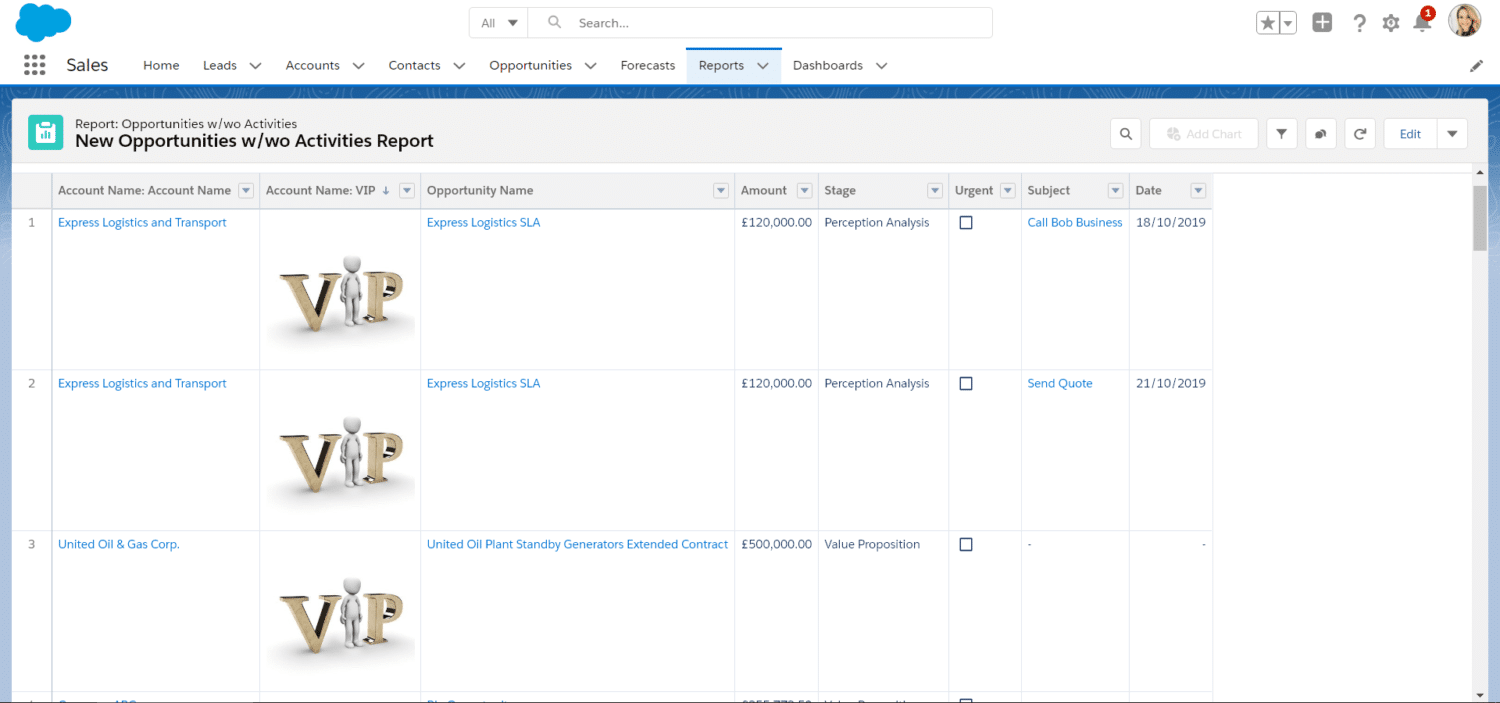
Salesforce Custom Report Types in Inspire Planner
Inspire Planner, a Salesforce native project management app, offers three Salesforce Custom Report Types that make it easier for you to report on projects, task assignments, and time entries. They are as follows:
- Resource Utilization – this report type allows you to report on Salesforce Tasks, the related Inspire Project Task, and Project. This report type is ideal for when you want to report on Task assignments. However, since this report type is reporting on Salesforce Tasks, then it will only allow you to report on tasks that have been assigned since a Salesforce Task is created only when the Project Task is assigned to a resource.
- Project Tasks with or without Salesforce Tasks – this Salesforce Custom Report Type allows you to report on Projects and Project Tasks with or without related Salesforce Tasks. This report type is ideal for when you want to report on both assigned and unassigned tasks in Inspire Planner.
- Project Time Tracking – this report type allows you to report on Projects, Project Tasks, and the related time entries. It is ideal for when you want to report on individual time entries associated with tasks.
Summary
Using a Salesforce Custom Report Type, you can supercharge your Salesforce Admin reporting skills, providing advanced reporting options for your users. For more information and hands-on practice, check out this video from Salesforce.


